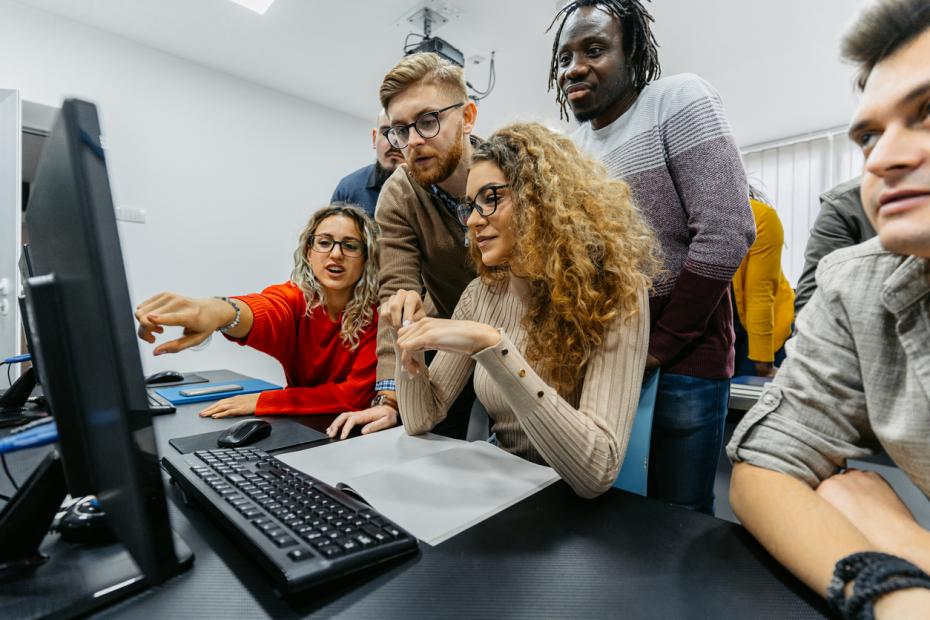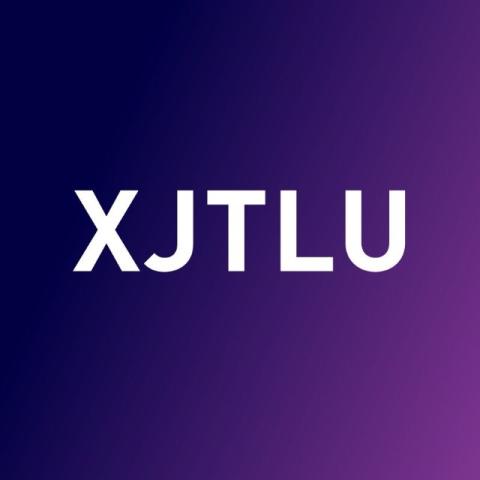
Practical strategies for overcoming challenges in interdisciplinary project-based learning
Interdisciplinarity
Sponsored by

Advice for bringing together multiple academic disciplines into one project or approach, examples of interdisciplinary collaboration done well and how to put interdisciplinarity into practice in research, teaching, leadership and impact
Project-based learning encourages students to combine knowledge from different subjects to solve complex, real-world problems. However, it brings challenges such as ensuring fair and transparent project assignments and maintaining smooth communication between students and teachers. This article explores strategies to overcome these and to promote students’ independence.
1. Ensuring equitable and transparent project allocation
One of the primary challenges of project-based learning is ensuring that projects are distributed fairly among students while taking their diverse backgrounds, interests and skill sets into consideration. A possible solution could be to use technology to enhance the transparency and efficiency of project allocation.
We have outsourced a specialised open-source Moodle plugin called “Fair Allocation” to optimise project allocation at Xi’an Jiaotong-Liverpool University. It promotes transparency by allowing students to explore project details and prerequisites online in their own time. It also facilitates a more self-directed approach to students’ learning journeys by allowing them to browse through projects based on their strengths and interests.
Implementing the Moodle-based automatic allocation system makes project distribution fairer. It allows students to make up to 10 ranked choices based on their preferences. Its algorithm then matches students with projects based on their chosen priorities and each project’s quota (the number of students each project can take), promoting equitability and fostering a diverse and interdisciplinary learning environment.
2. Enhancing student autonomy and interdisciplinary learning
Engaging students in autonomous, interdisciplinary learning is not easy, especially if they lack a clear understanding of the educational value of such an approach.
A potential solution could be to implement student-centred pedagogical methods and foster a culture of autonomy via the following:
Personalised learning paths: designing projects that are tailored to students’ interests and career aspirations can significantly enhance their engagement. By offering a wide range of projects that span multiple disciplines, educators empower students to chart their unique learning journeys.
Real-time feedback: providing timely and constructive feedback is paramount when cultivating student autonomy. Our study shows that using digital platforms to provide real-time feedback and promote discussion helps students stay on track, grasp project requirements more effectively and make appropriate adjustments on time.
Encouraging risk-taking: encouraging students to venture beyond their comfort zones and explore unfamiliar disciplines boosts creativity and innovation. Educators can design projects that bridge the gaps between different disciplines, challenging students to integrate diverse perspectives and develop novel solutions. This approach not only enhances interdisciplinary learning but promotes out-of-the-box thinking.
- Resource collection: Unpacking academic interdisciplinarity
- Interdisciplinarity in teaching: what it is and how to make it work
- Fostering interdisciplinary learning in large-scale doctoral programmes
3. Promoting effective communication between students and educators
It is important to ensure that communication between students and educators is unhindered by miscommunication, unclear expectations or a lack of feedback mechanisms. To do so, you can adopt a multifaceted communication strategy that leverages technology. Strategies include:
Using relevant digital platforms: our study shows that setting up a digital platform specifically for project-related discussions, announcements and feedback can significantly improve communication. Platforms such as Moodle or Microsoft Teams offer many features, including discussion forums, file-sharing capabilities and real-time collaboration tools. These facilitate streamlined and effective communication among students and educators.
Scheduling regular check-ins: scheduling check-ins between students and educators maintains communication channels. These check-ins can take various forms, such as virtual meetings, progress reports or casual conversations to resolve queries and concerns promptly and promote a culture of openness and accountability.
Setting clear expectations and guidelines: establishing unambiguous guidelines and expectations at the project’s inception helps prevent misunderstandings and ensures all involved are aligned. Disseminating detailed project briefs, timelines and assessment rubrics helps with managing expectations and cultivates transparency and clarity that aids collaboration and the learning process.
As we navigate higher education’s evolving landscape, we must adapt our approaches to learning, ensuring that students are prepared to tackle the complex challenges of an interconnected world. By harnessing technology and implementing student-centred pedagogies, educators can effectively address the challenges inherent in interdisciplinary project-based learning. These strategies can help create a robust framework that empowers students to develop interdisciplinary skill sets.
Na Li is associate professor, director of the Digital Education Programme, and co-director of the Research Centre for AI and Education and the Academy of Future Education; Eng Gee Lim is dean of the School of Advanced Technology; and Mark Leach is deputy dean of the School of Advanced Technology, all at Xi’an Jiaotong-Liverpool University.
If you would like advice and insight from academics and university staff delivered direct to your inbox each week, sign up for the Campus newsletter.
Interdisciplinarity
Sponsored by




